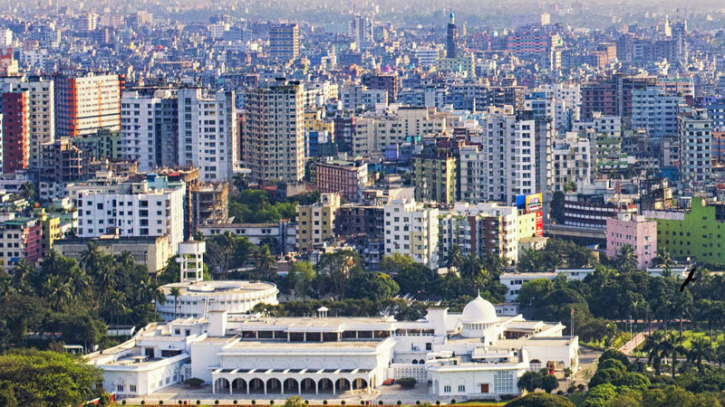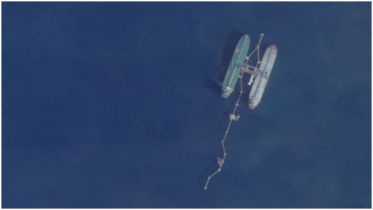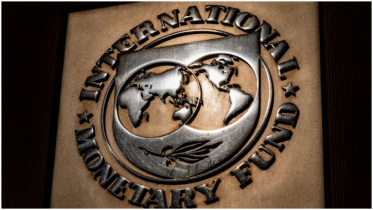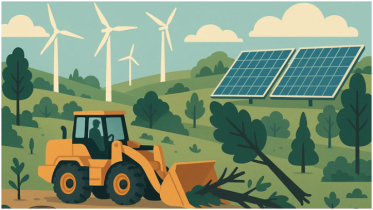Bangladesh's transition from MDG to a welfare regime

Two decades of social policy experimentation in Bangladesh have raised the question: Is Bangladesh moving towards a welfare state? In 2017, a senior UNDP advisor expressed this concern at the outset of the National Security Strategy's (2015) implementation. To be a welfare state, he argued, citizens must not only receive benefits but also contribute to the country's economy, which is why demographic dividends are crucial to the realization of such goals. Now in 2023, Bangladesh may be adopting a welfare-regime strategy, but not as a full-fledged welfare state.
The welfare state has its origins in the European state system, which can be traced to the 1850s. The welfare state embodies the concept of safeguarding the state's citizens during times of hardship, distress, and crisis. Europe began experimenting with social insurance, health funds, and labor protection schemes in the 1850s, as capitalist industrialization spread throughout the continent. The aftermath of the First World War popularized the Keynesian in American development and economic discourse in the twentieth century. There are no singularities in welfare statism, but there are commonalities: social incorporation of individuals, social democracy, and social protection for all citizens.
In the twenty-first century, one can certainly observe that the idea of a welfare state system is no longer bound within European territory. Especially the growing debt crises and demographic pressure have caused European countries to rethink the social welfare system’s adaptability to the current age. In 2010, France accumulated over 100 billion euros debt in its social security system for which the country is still testing new reforms. Due to the rising debt, inflationary and labor market pressures, people have started protests regularly in the roads of Germany, Italy, and France, a cathartic attempt to showcase their discontentment towards the government. Moreover, the proud European identity is no longer strong than it was before. Hence, in Europe, the welfare state idea is in crisis now.
In developing nations, the welfare-regime approach has been more pragmatic, excluding the transformation of a whole state into a welfare planning system. This strategy suggests a focused analysis of welfare provisional measures in middle- or low-income nations. Understanding the functions of the family, community, local government, and civil society is utilized to facilitate public welfare strategies in developing nations.
In this regard, Bangladesh has been a prime example of such welfare strategy application from the 2000s. This was a time when the country was focusing on root-level bottom-up implementation of MDG goals which included a higher focus on universalizing primary education, reducing child mortality, and eradicating extreme hunger/poverty. The MDG Country Report 2013 suggested Bangladesh had received only USD 1.68 billion ODA against the required USD 78.2 billion ODA which implied the country marshaled its own public fund to fulfill such goals. Even in this SDG period, Bangladesh is still referred to as a continuing role model in MDG achievement.
The present context of welfare strategy in Bangladesh is stepped up even more. The recent addition will be the Universal Pension Scheme or UPS, a much anticipated among citizens to get into a universalized social security system. By now, there are four schemes including Prabashi, Pragati, Shurokkha and Samata targeted to a population age ranging from 18 to 50. The important aspect of this scheme is that it is not dependent on any political regime, meaning the National Pension Authority will continue to be in charge of its longevity and development regardless of any political change of the country.
The housing project named Ashrayan Project (shelter housing project for homeless) was another welfare policy taken by Bangladesh in 2021. The project was to be conducted under four phases of which two phases are completed by now. Around 117,000 houses are built and handed over to the homeless and landless people with this initiative. The project is readily popular among the homeless, marginal, and ultra-poor people and is noted as a one-off example.
Trading Corporation of Bangladesh (TCB) has been delivering subsidized food items to the people. The main target is to provide marginalized and poor people with high-priced food items such as sugar, lentils, oil and rice at a ‘fair price’ as means of market intervention. TCB trucks roam around almost every week and every month in city streets, particularly more anticipated at the times of Eid. Interestingly, the country has decided to subsidize more TCB products instead of adding price to the food items in terms of inflation. Though TCB is also charged as a ‘redundant’ policy program which is thought to have little effect in controlling the market, the program is held to be quite popular among its citizens.
The Oxford Policy Management analyzes the reform management taken in Bangladesh in the period of COVID-19. They estimate the country has allocated BDT 252 billion to support multiple communities under its National Social Security Strategy (NSSS). However, the policy was fragmented as it covered up the pension to the government employee and freedom fighters of up to 36%. Extended to credit insurance and livelihood programs, the most SSNPs were targeted to individual poor communities.
In short, although still fragmented and infantile these policy programs are, they demonstrate a certain welfare-leaning of the country’s attempt to entertain marginalized and poverty-ridden people. Therefore, the programs are more to cater to the lower-economy class, not middle class. Thus, the aim of such policy programs is to lift out the livelihood status of lower-income people. Completely, the welfare strategy programs were not benefiting everyone, until the UPS entered into the scene targeted to benefit every citizen throughout the country.
However, many argue the possible reason for the UPS welfare policy program is centered on up taking popularity ahead of the election program in December. This may not be completely irrelevant with regard to the politics of welfare states that have their roots back in the 1880s. The Bismarckian rudimentary welfare state when introducing Health, Accident and Disability insurance they also tried to appeal to the working class and detracted their leanings to the Social Democratic Party. Such political pressures may always exist in the political economy of welfare policies, but that does not matter if the citizens are the primary stakeholders of such programs.
The ideal welfare state or welfare regime in developing countries, particularly in the case of Bangladesh, is still in a test-case situation. The question should not be whether Bangladesh is transforming itself as a welfare state, this is a question that needs to be tested by time and needs patience. However, the policies that have been taken are definitely welfare-centric in nature, and if the country is able to universalize all such policy programs for all citizens, only then can we say Bangladesh has become a truly welfare state.
The writer is Assistant Professor and Chairman of Criminology and Police Science Department in Chittagong University.
Source: The Daily Messenger
.png)




